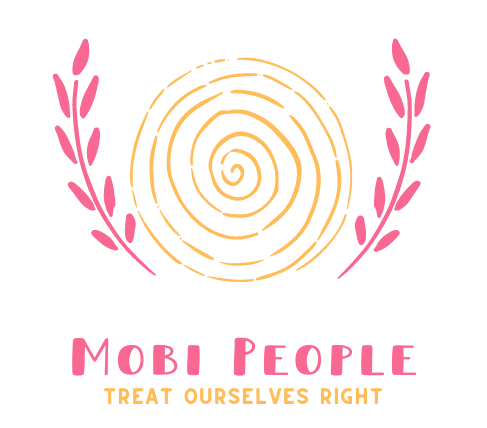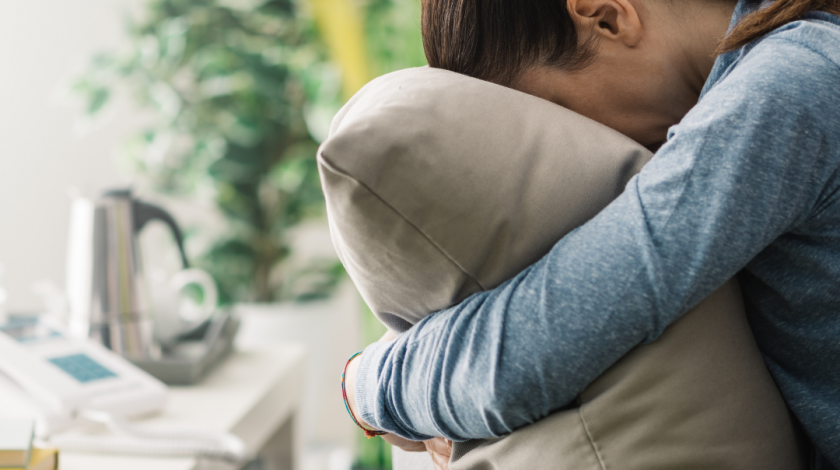Seasonal Affective Disorder, also known as SAD, is a type of depression that affects people every fall and winter. Every year, experts estimate that as many as 1 in 5 people suffers from SAD, and it can even be a problem for people who live in locations where seasons don’t change much, like Hawaii or Florida.
How Does It Affect People Every Year?
If you live in a place where the sun is constantly shining, you might not be familiar with SAD or Seasonal Affective Disorder, a type of depression that comes and goes with the seasons. SAD can cause symptoms like fatigue, overeating, social withdrawal, and weight gain during winter when there is less sunlight and more hours of darkness.
For many people living in climates with less extreme seasons, SAD symptoms are so subtle they don’t even realize they have it. Often, people who suffer from SAD don’t seek treatment. This is partly because SAD symptoms are similar to those of the “winter blues,” which almost everyone feels at some point.
Knowing More About Seasonal Affective Disorder
SAD or Seasonal Affective Disorder is one type of depression that people experience every year in the winter months. It tends to worsen in the Northern Hemisphere since this is where the winter solstice happens, and less sunlight is available. This is why people in Sweden, Canada, Norway and many northern European countries tend to have higher SAD incidences. That’s not to say that when winter hits the Southern Hemisphere countries, like Australia or New Zealand, people won’t be affected by SAD there. No, a certain number of people are affected by this no matter where they live, every winter.
Bright light therapy is believed to be one of the most effective ways to treat SAD or Seasonal Affective Disorder. SAD is considered a type of depression that is believed to be caused by a lack of natural sunlight, which is also the main trigger for SAD. The idea behind light therapy is that the light box mimics the sun and tricks the body into thinking you are getting more sunlight.
The symptoms of SAD are often more severe than what most people experience in the winter months. The main symptoms of SAD include:
- Lack of energy
- Low motivation
- Feeling down
- Difficulty waking up
- Sleeping too much
- Overeating
- Oversleeping
- Feeling tired during the day
Other symptoms of a Seasonal Affective Disorder that may peak during the spring and summer include anxiety, irritability, restlessness, and difficulty concentrating.
Coping with Being SAD
One of the most challenging aspects of SAD or Seasonal Affective Disorder is coping with the dark, cold days that are a hallmark of the wintertime. There are a few things you can do to beat the winter blues:
- Try to sit in the sun as much as possible and get as much exposure to sunlight as you can. People who suffer from SAD tend to have less exposure to sunlight than those who do not, and this can be one of the reasons they suffer from the disorder in the first place. So, try to sit in the sun as much as possible and get as much exposure to sunlight as you can.
- Chat with friends and family and lean on them for support. Even if you don’t feel like leaving the house then you could an effort to video call or ring them up and have a conversation from the cosiness of your home. This is so much easier to do when you have things like suddenlink internet so you can call people without having to worry about your internet crashing out in your moments of need. Plus if you can try and go to a coffee shop or have a walk with a friend to get you out of the house and have some fun too.
- Make sure you get plenty of exercises, so you don’t feel bloated or lethargic. Exercise, in particular, helps not only with weight loss but also with the lethargy and carbohydrate cravings that are so common in people with SAD. For example, one study found that people who exercised for 45 minutes a day lost more weight than those who exercised for only 15 minutes a day during the course of a 12-week study. Aerobic exercise also helps with the other symptoms of SAD, including depression.
- Try supplements to ease stress and other symptoms that are related to seasonal affective disorder. One such supplement that many people prefer is cannabis. These supplements could even be a cannabis product that has been shown over time to vastly improve the stress over someone both mentally and physically. By heading to a nearby phoenix dispensary (or a similar one where you might live), you can discover the various kinds of products that can be made available to help cope with depressive episodes. The products can range from edibles to bongs, and to other different CBD products, and you can consult with your medical advisor to find the right kind for you. You can even Buy Cannabis Topicals Online nowadays which makes it easier to get the treatment you deserve.
- Try to get out of the house as much as possible. Just going for an afternoon walk can help a lot. The idea of stepping outside may seem like the absolute worst thing you can do. However, one of the most effective treatments for this type of depression is exposure to bright light. If your SAD is severe, you can get a light therapy box that emits the bright light (usually in the form of a soft white glow) that studies show effectively at producing the mood-boosting serotonin and endorphins that will return you to a state of normalcy.
- Visit your local florist or look for online flower delivery in The Basin (or where you live), and get yourself some fresh, sweet-smelling flowers. This could actually give your brain a boost of happy hormones, uplifting your mood for a while at least. This only works if you aren’t allergic to flowers though! Pick your favorite blooms and gift yourself a bouquet of them.
When we think of Seasonal Affective Disorder or SAD, we tend to focus on the depression associated with it. However, since SAD can be classified as depression, it’s important to realize that the emotions you’re feeling aren’t just a reaction to your changing environment. They’re a side effect of a chemical change to your brain that happens every year when the seasons change. We can’t prevent this change, but we can manage it by learning how to cope with it healthily.


